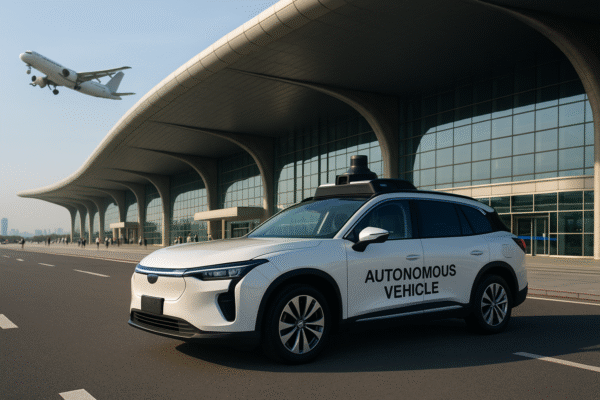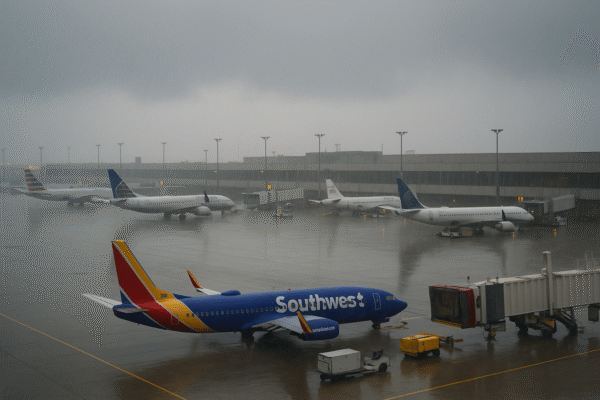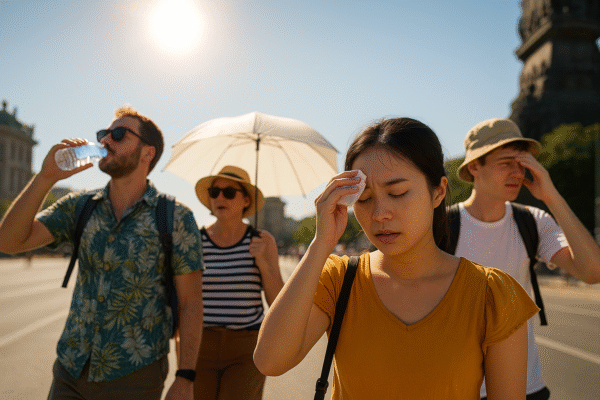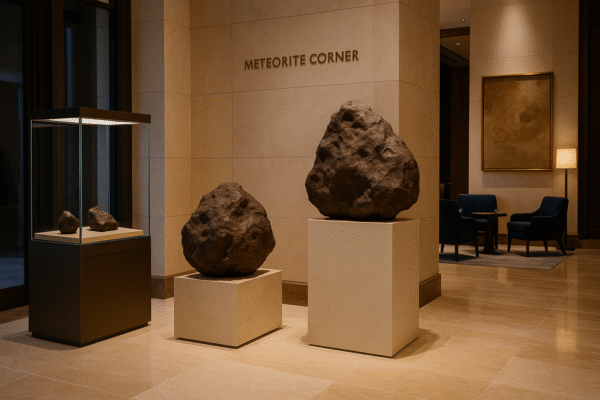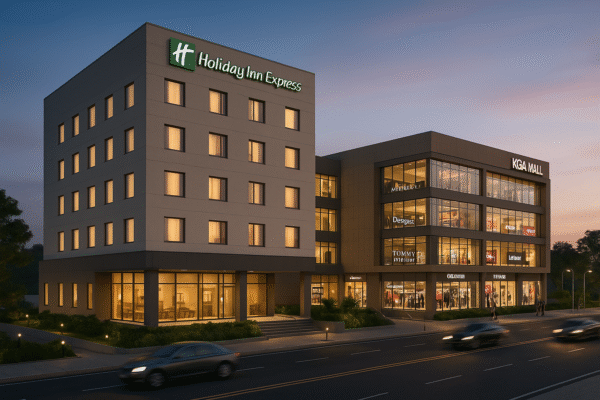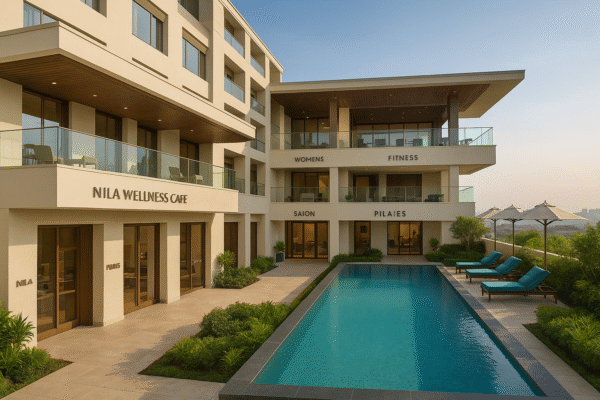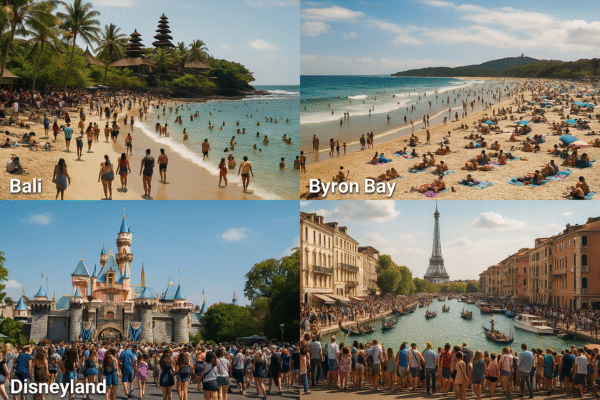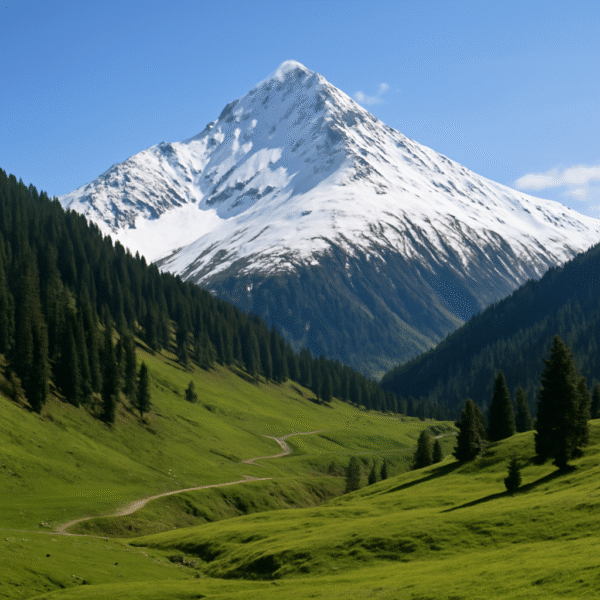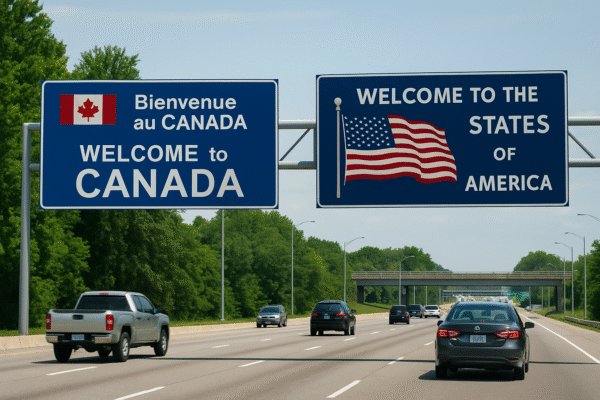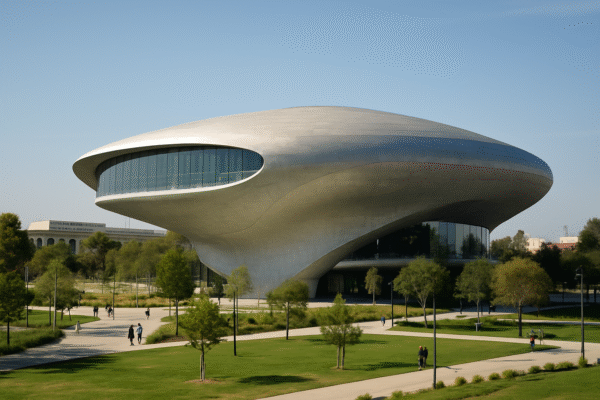In an era where a single Instagram post can turn a quiet village into the next must-see destination, the global tourism map has seen dramatic shifts. Yet, with popularity comes pressure. Destinations like Bali, Byron Bay, Disneyland, Paris, and Venice — each long hailed as iconic escapes — are now struggling under the weight of their own fame. Overtourism is not just a buzzword; it’s becoming the defining challenge of modern travel.
Bali: Paradise Lost in Popularity
Once hailed as a tropical haven, Bali is now facing the harsh consequences of mass tourism. With over 1.5 million Australians visiting annually and millions more from around the world, Bali’s infrastructure has buckled under the load. Beaches are overcrowded, waste management struggles to keep pace, and cultural sites are often reduced to selfie spots.
The Indonesian government has implemented a Tourist Code of Conduct and will begin enforcing a mandatory tourist levy in 2025 to protect the island’s heritage and environment. However, critics argue that such measures are too late for a destination now struggling with rising living costs, plastic pollution, and traffic gridlock in once-peaceful areas like Ubud and Canggu.
Byron Bay: From Bohemian to Boutique – at a Price
Byron Bay in New South Wales has transformed from a laid-back hippie enclave to a luxury tourism hotspot. Once known for its surf culture and artistic spirit, the town now struggles with overtourism pressures, including housing unaffordability, congested beaches, and high accommodation prices — sometimes exceeding AUD $1,000 per night during peak periods.
According to the Byron Shire Council, steps are being taken to curb short-term holiday rentals and promote sustainable tourism strategies. However, the rising influx of influencers and celebrity visitors has commodified the town, leaving both locals and budget-conscious travelers feeling sidelined.
Disneyland: The Cost of Magic
Dubbed “The Happiest Place on Earth,” Disneyland has evolved into a symbol of commercialized tourism. A single-day ticket to Disneyland California now exceeds $180, with Lightning Lane passes and food add-ons often doubling that figure. Average wait times for top attractions exceed 90 minutes, leaving families to question if the magic still outweighs the cost.
Despite generating $8 billion annually for California’s economy (according to Visit California), Disneyland is experiencing growing dissatisfaction. Reviews increasingly cite overwhelming crowds and unaffordable extras as deal-breakers. While the Disney brand remains strong, especially among global families, it’s clear the experience has become exclusionary for many.
Paris: The City of Lights, Crowds, and Complaints
Paris continues to enchant global travelers with its cultural richness, but the reality on the ground is far less idyllic. Tourists often face long lines at landmarks, surging accommodation prices, and reports of pickpocketing in transit areas. The Eiffel Tower, Louvre, and Sainte-Chapelle remain iconic — but often overcrowded.
The French Ministry for Europe and Foreign Affairs acknowledges overtourism challenges and supports spreading tourism across lesser-visited regions. While Paris remains resilient in visitor numbers (boasting 37 million in 2023), the struggle to balance the tourist economy with quality of life for residents continues to mount.
Venice: A Floating City on the Brink
Venice, Italy, may be a UNESCO World Heritage Site, but it’s also ground zero for Europe’s overtourism crisis. Over 20 million tourists visited the lagoon city in 2023 — overwhelming its fragile infrastructure and accelerating population decline. In response, city authorities have announced a €5 daily access fee for day-trippers starting in 2025, a move aimed at curbing casual influxes.
The city has also banned large cruise ships from docking near the historic center, protecting the lagoon’s ecosystem but reducing port-based tourism revenue. While Venice remains a romantic vision for many, rising costs, water pollution, and loss of local culture have diluted the authentic Venetian experience.
The Rise of the Overhyped Travel Fatigue
While these iconic destinations still captivate global audiences, a rising number of travelers express “travel disillusionment”—the gap between expectation and reality. Social media plays a significant role in setting inflated standards, often glossing over crowds, costs, and logistical headaches.
Surveys by platforms like Booking.com and Skift Research reveal growing interest in “second-city tourism,” where travelers seek lesser-known alternatives offering cultural richness without the chaos. Destinations like Ninh Binh in Vietnam, Asturias in Spain, and Tasmania in Australia are gaining traction as crowd-free, authentic alternatives.
Reclaiming Authenticity Through Sustainable Tourism
Governments and tourism boards are rethinking their strategies. From introducing tourist levies and visitor caps to launching digital education campaigns, the push for responsible travel is growing. The UN World Tourism Organization (UNWTO) continues to advocate for community-led tourism, where economic benefits are distributed and cultural heritage protected.
The shift is also evident among travelers themselves. A 2024 Virtuoso Luxe Report indicated that 70% of luxury travelers now prioritize sustainability and cultural immersion over traditional tourist checklists.
Conclusion: Beyond the Hashtag
From Bali’s once-secluded shores to Paris’s picturesque boulevards, the world’s most celebrated destinations are at a crossroads. The travel industry must now ask: is popularity worth sacrificing authenticity?
In the coming years, we may see a tourism landscape shaped less by viral fame and more by resilient, respectful experiences. As global wanderers recalibrate their expectations, those places that champion quality over quantity may become the new aspirational gold standard. In short, the future of tourism lies not in chasing hype, but in rediscovering what travel truly means.
For more travel news like this, keep reading Global Travel Wire



